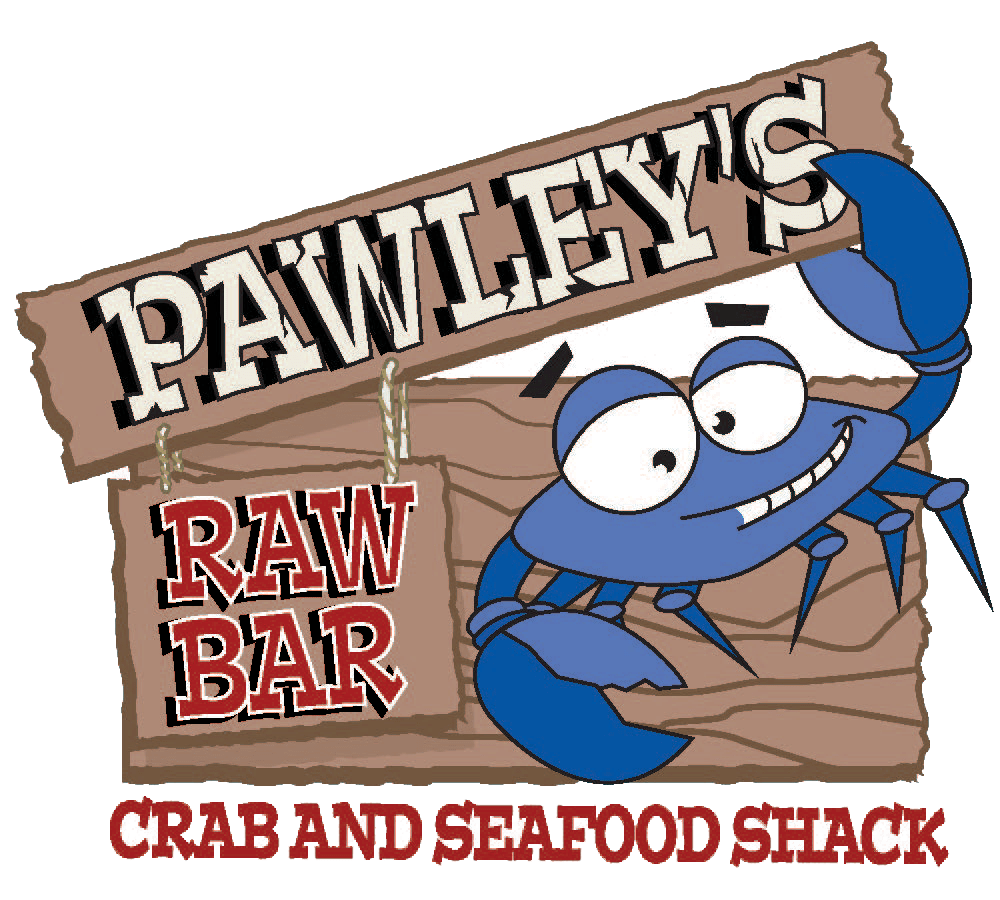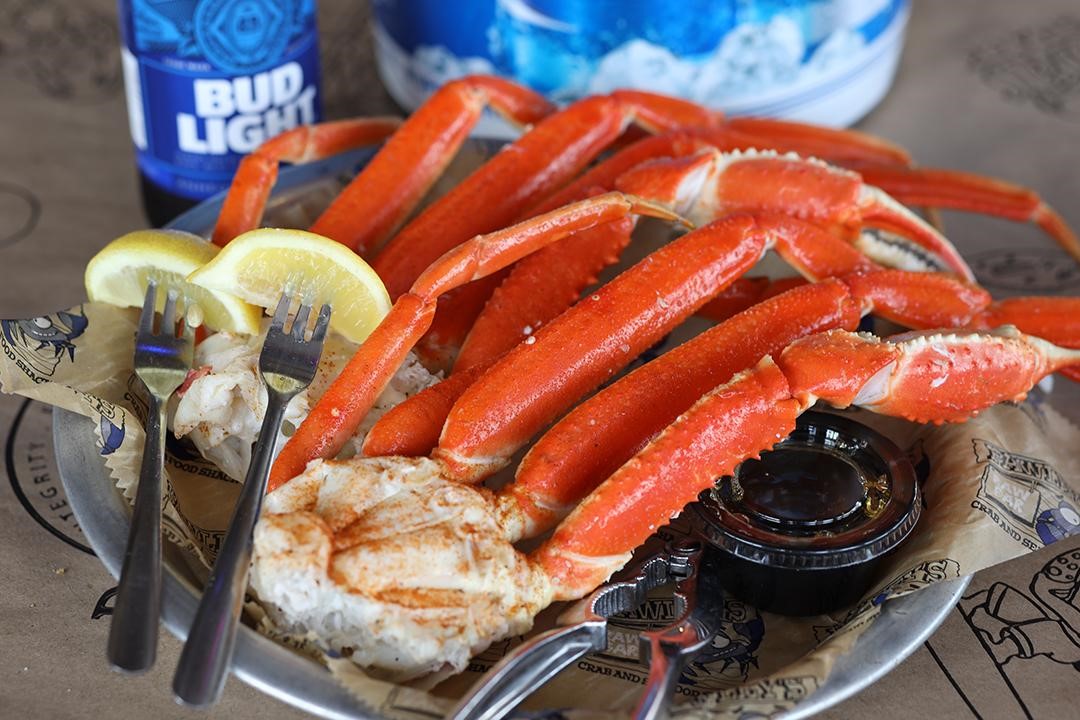They are delicious. They are colorful. They are large. Even when served simply with melted butter and a lemon wedge, they are eye-catching! Crab legs are a favorite among seafood lovers and that is no different at Pawley’s Raw Bar. But who thought it was a good idea to pluck the 8 legged crustacea out of the ocean and serve it up to guests? Let us dig into the history behind this long time staple.
Harvesting and consuming seafood is thought to date back more than 10,000 years. While it can’t be proven to be 100% certain, it is believed that humans in eastern Asia were regularly consuming freshwater fish 40,000 years ago. Archeologists have found cave paintings depicting how important seafood was for survival and that it was consumed in large quantities. This makes sense as most people during that time frame were leading a hunter-gatherer lifestyle and fishing fits into that behavior. It is well known that the ancient Nile River was full of fish and the Egyptian population utilized fresh and dried fish to feed much of the population.
But what about crab? First, it is important to note that there are approximately 4500 species of crabs living in all parts of the Earth. This makes it nearly impossible to identify what culture was the first to eat crab. Food historians agree that crabs were known to ancient Greeks and Romans. Thankfully, those cultures were very good at record keeping so we know that they did not eat them with much enthusiasm.
However, by the time the Medieval period began, the fisher monger guild was selling all types of shellfish, crayfish, and crabs at markets along the coasts of Britain. Lobster, crayfish, and crab became a very popular dish during the Renaissance, but they very rarely reached the inland areas.
Fast forward to the 18th & 19th centuries of American history and crab consumption begins to highlight and reflect the regional tastes of the Chesapeake Bay and other similar geographical areas. However, due to the labor-intensive effort of harvesting the meat from crabs, it was mainly used in soups or to make crab cakes. For more info on crab cakes, check out this blog post from our sister restaurant Bubba’s Fish Shack: https://bubbasfishshack.com/2020/10/28/crab-cakes/
The most common type of crab harvested along the Atlantic coast of the United States is Blue crab. It can be found from Delaware to Florida. However, the most famous type of crab, the crab harvested from the Chesapeake Bay, is Snow crab. Sometimes referred to as queen-crab, this crab is found in the colder waters of the North Atlantic and North Pacific oceans. It appeared on the market in the 1960s and became popular extremely quickly. Of course, there are many other popular types of crab as well. Dungeness crab, found on the Pacific coast from Mexico to Alaska, Rock Crab found along the Atlantic coast from Florida to Labrador, Canada, and of course don’t forget the Alaskan King Crab, a crab highly prized for its large meaty claws and legs.
Before long “crab feasts” started popping up along Maryland’s Eastern Shore. The hard-shelled crabs were forced into pots to be steamed or combined into pots with other shellfish and popular ingredients. She-crab soup, the creation of which is claimed by both Charleston and Savannah, became a popular entree. Crab cakes became more and more popular. Restaurants and festivals took full advantage of everything the crab has to offer. Now, thanks to the invention of refrigeration, one can enjoy any of the delicious foods that crab is a part of almost anywhere in the world.
At Pawley’s Raw Bar we happily serve crab legs in our Boiler pots (check out last month’s blog post about Boiler Pots here: https://pawleysrawbar.com/2020/10/28/the-boiler-pot/), or on their own by the ½ or full pound. We hope you will join us. We look forward to serving you!

